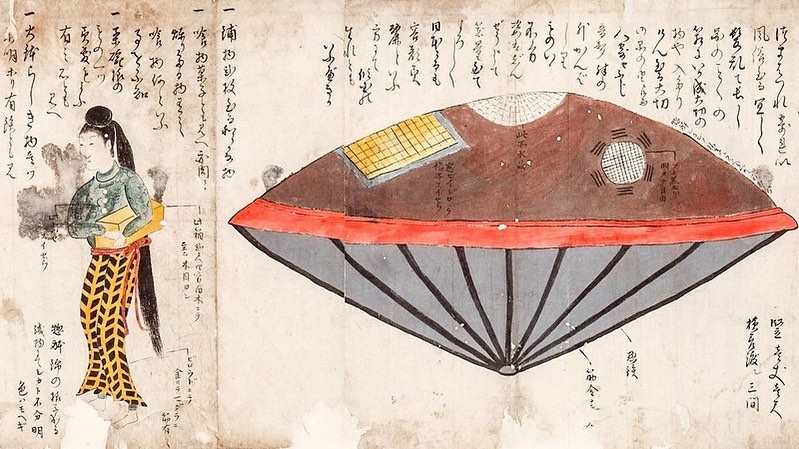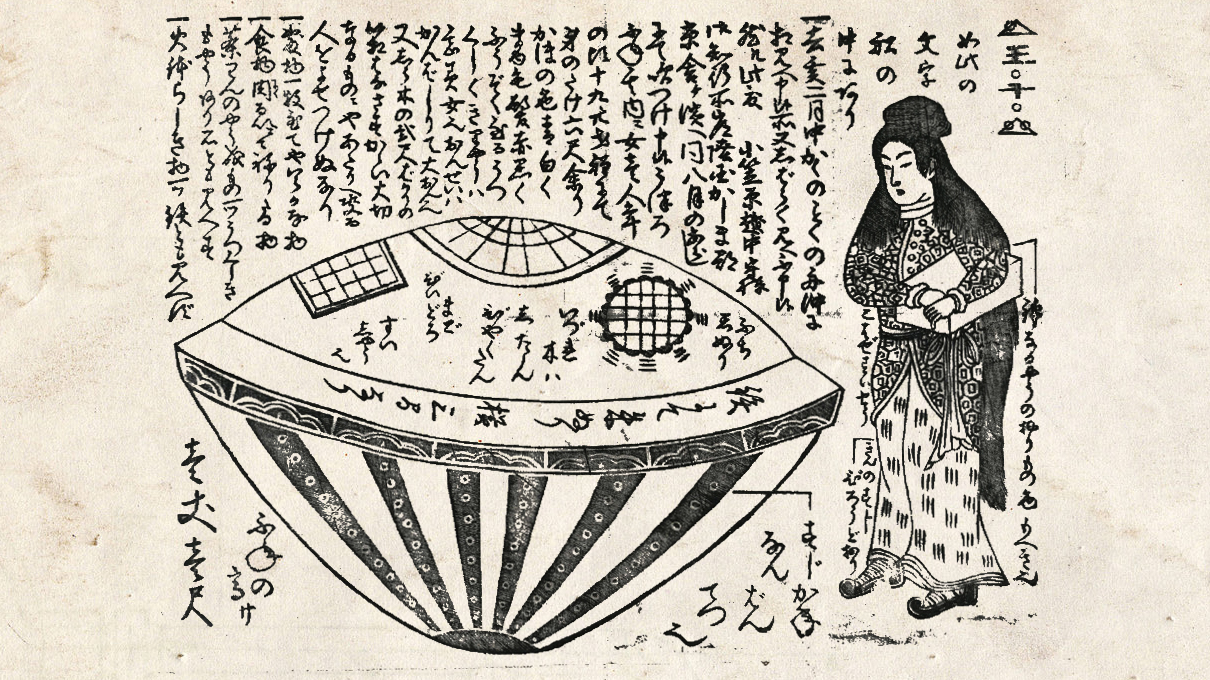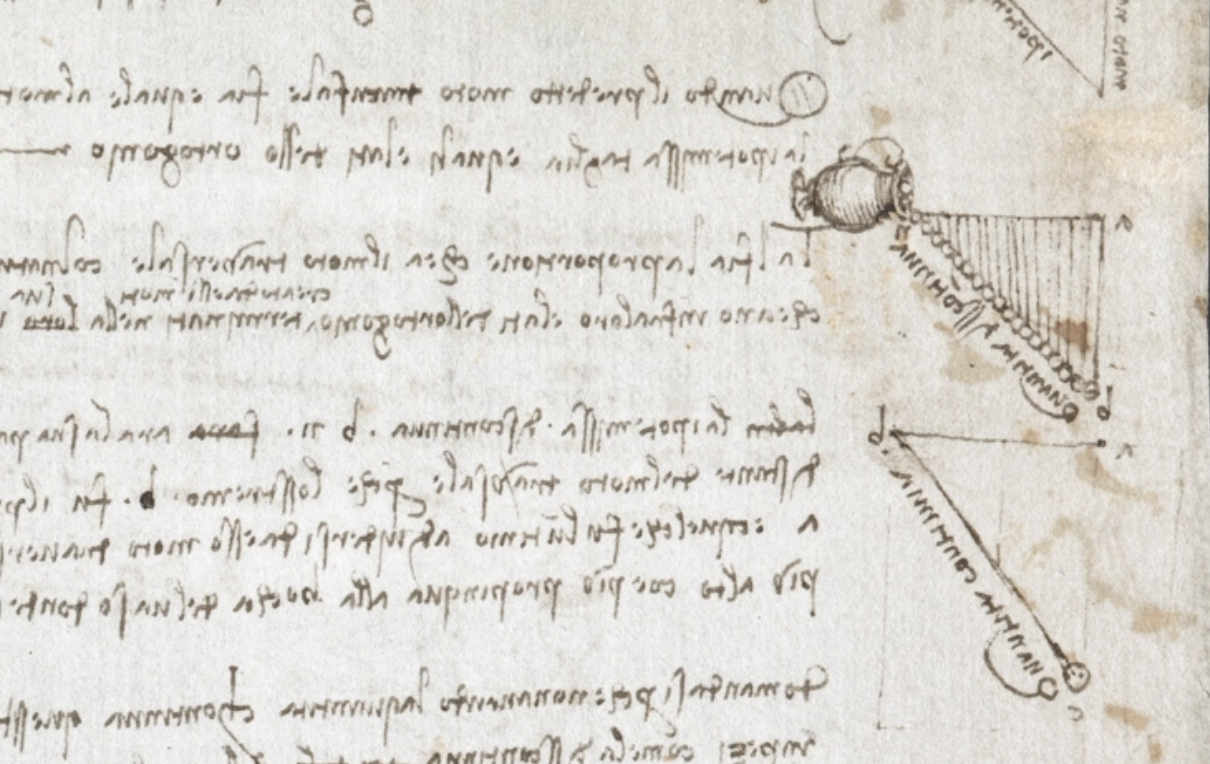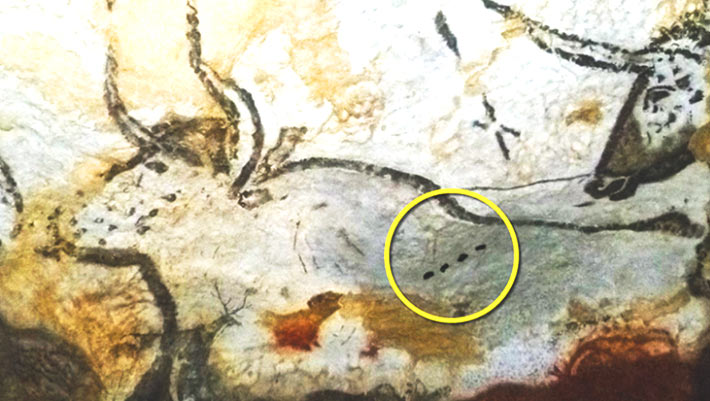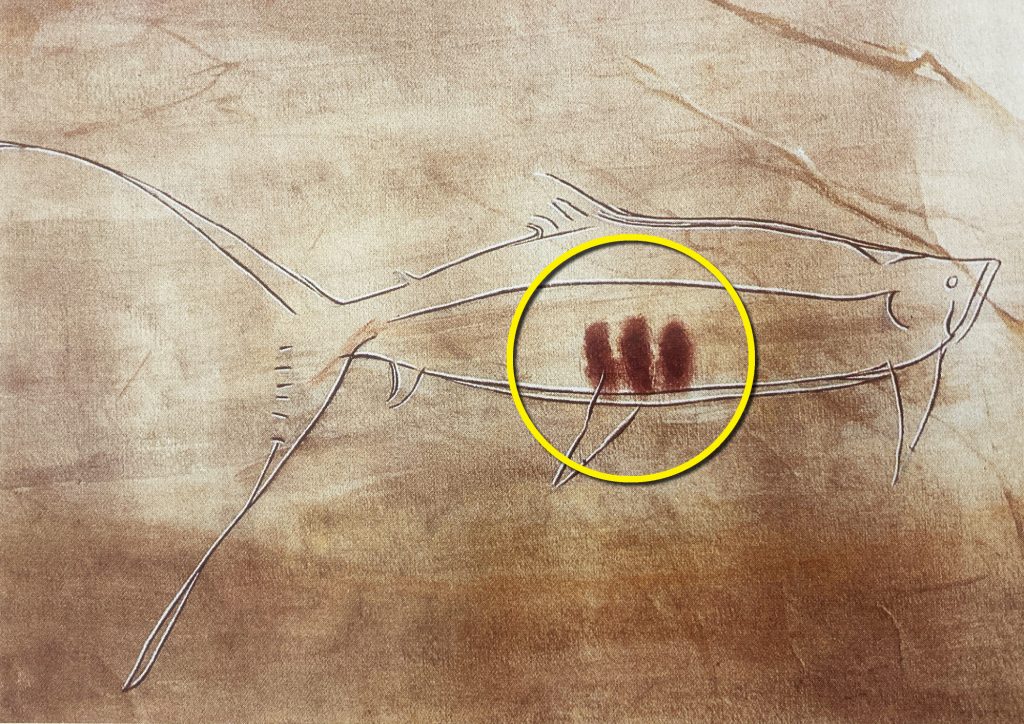As generations have come of age with few or no memories of the existence of the Soviet Union, a common misconception about Berlin has become more common. Because the German capital was divided between the former East and West Germany, it’s easy to assume that it must have lay on the border between the two states. In fact, the whole of Berlin, East and West, was completely surrounded by East Germany, and to drive from West Germany to West Berlin entailed more than 100 miles on the autobahn through Soviet territory. How, exactly, this was done is fully explained in “Destination Berlin,” the 1988 video from the Royal Military Police above.
“You do not need to worry about the trip,” says the northern-accented narrator, an announcement that rather undercuts it own intended message. And few drivers, affiliated with the British military or otherwise, could watch the material that follows without speculating on the host of false moves that could result in an involuntary extended stay on the wrong side of the Iron Curtain.
You must never pull off at a rest stop. If you break down on the highway, you must accept assistance only from Allied drivers. When saluted by any of the Soviet officers inevitably encountered along the journey, “you must, irrespective of your sex, status, or form of dress, return his salute.”
“Should you be spoken to by a Soviet or East German national,” the narrator explains, “you must do the following: remember as much detail about the conversation as you can, as well as the physical description, dress, and rank of the individual. Remain non-committal throughout, and do not agree to anything.” (And remember, “you only attract attention to yourself by speaking in Russian to the Soviet checkpoint personnel, so don’t do it.”) These stern warnings evoke the Cold War era as powerfully as the audiovisual production of “Destination Berlin” itself, even in the minds of those who didn’t live through it. Could anyone watching back in 1988 — anxious about just which documents to present at which guard stations, to say nothing of the potential geopolitical consequences of a fender-bender — have imagined that the Berlin Wall would fall the very next year?
via Metafilter
Related content:
Louis Armstrong Plays Historic Cold War Concerts in East Berlin & Budapest (1965)
Protect and Survive: 1970s British Instructional Films on How to Live Through a Nuclear Attack
The Psychedelic Animated Video for Kraftwerk’s “Autobahn” from 1979
Based in Seoul, Colin Marshall writes and broadcasts on cities, language, and culture. His projects include the Substack newsletter Books on Cities, the book The Stateless City: a Walk through 21st-Century Los Angeles and the video series The City in Cinema. Follow him on Twitter at @colinmarshall or on Facebook.
